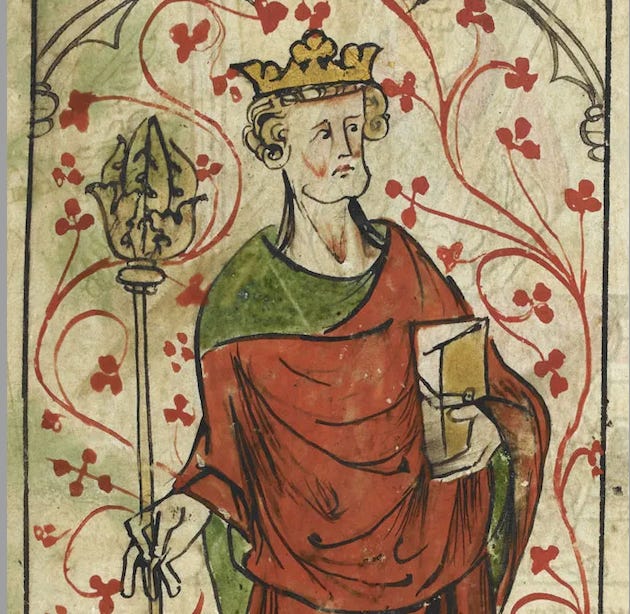Edward the Confessor: The story of England’s saint-king
Edward the Confessor, the king who was a saint.

Thousands of Britons are praying Thursday for the repose of Queen Elizabeth II's soul, after the beloved monarch died at 96. Catholics looking for a saint to intercede for her might look to Edward the Confessor, the king who was a saint.
Ever since Henry VIII created the Church of England and declared himself its leader in 1534, the role of English monar…
